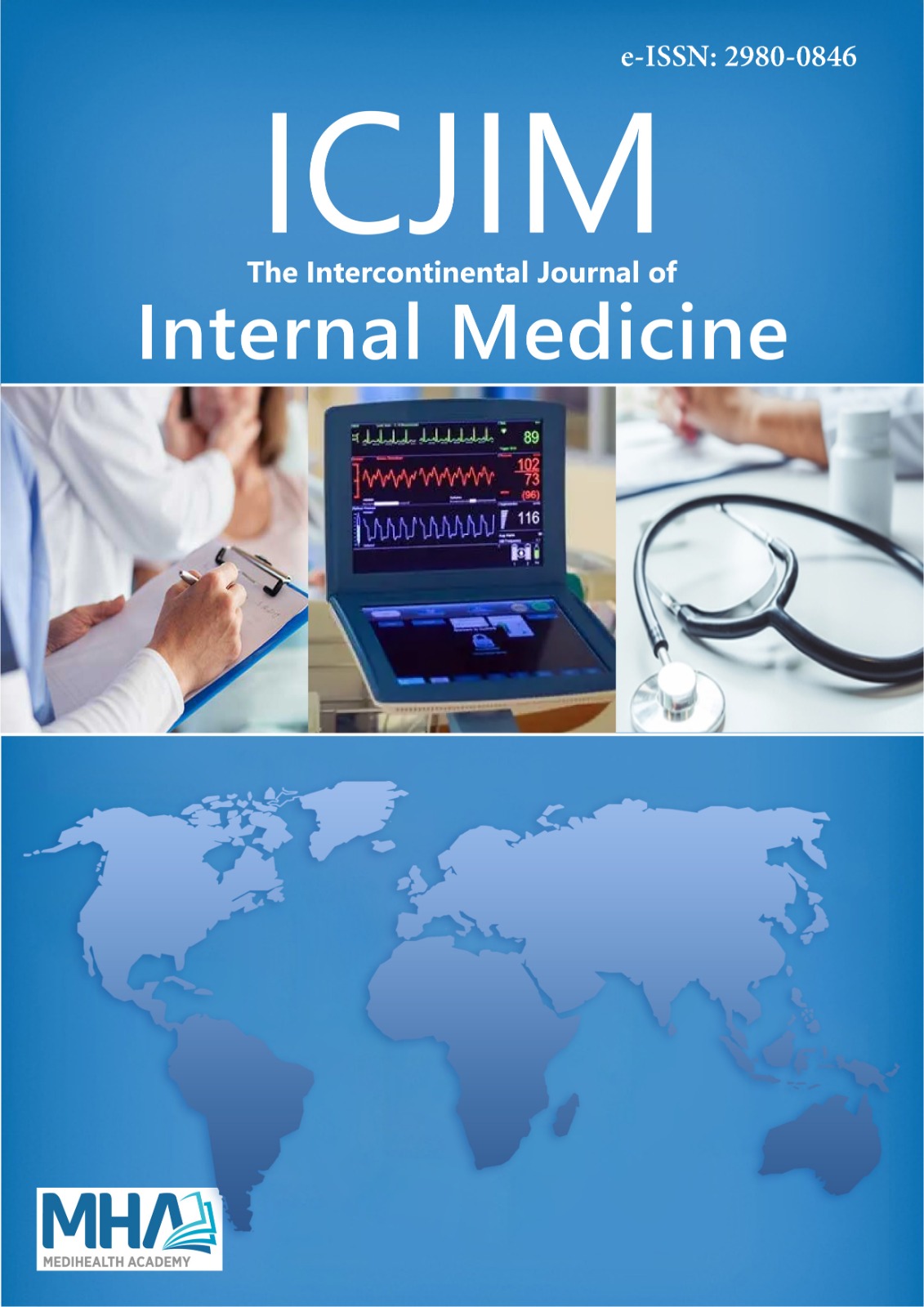1. Adèrn B, Stenvinkel C, Sahlqvist L, Tegelberg Å. Prevalence of temporomandibular dysfunction and pain in adult general practice patients.Acta odontol scand. 2014;72(8):585-590. doi:10.3109/0001635.2013.878390
2. Mustafa MA, Al-Attas BA, Badr FF, Jadu FM, Wali SO, Bawazir YM. Prevalence and severity of temporomandibular disorders in rheumatoid arthritis patients.Cureus. 2022;14(1):e21276. doi:10.7759/cureus.21276
3. Al-Jundi MA, John MT, Setz JM, Szentpétery A, Kuss O. Meta-analysis of treatment need for temporomandibular disorders in adult nonpatients.J Orofac Pain. 2008;22(2):97-107.
4. Yılmaz F, Günen Yılmaz S, Sözel H, Bora F, Yılmaz AB. The prevalence of temporomandibular disorders in chronic hemodialysis patients: a cross-sectional study.Cranio. 2022;40(3):249-257. doi:10.1080/08869634.2020.1727170
5. Grozdinska A, Hofmann E, Schmid M, Hirschfelder U. Prevalence of temporomandibular disorders in patients with hashimoto thyroiditis. Prävalenz von kraniomandibulären dysfunktionen bei atienten mit hashimoto-thyreoiditis.J Orofac Orthop. 2018;79(4):277-288. doi:10. 1007/s00056-018-0140-6
6. Gonçalves DA, Dal Fabbro AL, Campos JA, Bigal ME, Speciali JG. Symptoms of temporomandibular disorders in the population: an epidemiological study.J Orofac Pain. 2010;24(3):270-278.
7. Cunha FL, Tagliaferro EP, Pereira AC, Meneghim MC, Hebling E. Oral health of a brazilian population on kidney dialysis.Spec Care Dentist. 2007;27(6):227-231. doi:10.1111/j.1754-4505.2007.tb01754.x
8. Fonseca DM, Bonfante G, Valle AL, De Freitas SFT. Diagnóstico pela anamnese da disfunção craniomandibular. RGO (Porto Alegre). 1994; 4(1):23-32.
9. Soydan SS, Deniz K, Uckan S, Unal AD, Tutuncu NB. Is the incidence of temporomandibular disorder increased in polycystic ovary syndrome?.Br J Oral Maxillofac Surg. 2014;52(9):822-826. doi:10.1016/j.bjoms.2014.07.100
10. Yıldızer Keriş E, Yaman SD, Demirağ MD, Haznedaroğlu Ş. Temporomandibular joint findings in patients with rheumatoid arthritis, ankylosing spondylitis, and primary Sjögren’s syndrome.J Investig Clin Dent. 2017;8(4):10.1111/jicd.12255. doi:10.1111/jicd.12255
11. Al-Ani MZ, Davies SJ, Gray RJ, Sloan P, Glenny AM. Stabilisation splint therapy for temporomandibular pain dysfunction syndrome.Cochrane Database Syst Rev. 2004;(1):CD002778. doi:10.1002/14651858.CD002778.pub2
12. Somay E, Tekkarismaz N. Evaluation of sleep bruxism and temporomandibular disorders in patients undergoing hemodialysis.Niger J Clin Pract. 2020;23(10):1375-1380. doi:10.4103/njcp.njcp_630_19
13. Yılmaz F, Yılmaz SG, Sözel H. The relationship of myogenic temporomandibular disorders with depression and health-related quality of life in non-dialysis chronic kidney disease.Akdeniz Tıp Derg.2021;7(3):407-414.
14. Staniszewski K, Lygre H, Berge T, Rosén A. Serum Analysis in Patients with Temporomandibular Disorders: A Controlled Cross-Sectional Study in Norway.Pain Res Manag. 2019;2019:1360725. doi:10.1155/2019/1360725
15. Demir CY, Ersoz ME. Biochemical changes associated with temporomandibular disorders.J Int Med Res. 2019;47(2):765-771. doi: 10.1177/0300060518811009
16. Liu F, Steinkeler A. Epidemiology, diagnosis, and treatment of temporomandibular disorders.Dent Clin North Am. 2013;57(3):465-479. doi:10.1016/j.cden.2013.04.006
17. Stasiak G, Maracci LM, de Oliveira Chami V, et al. TMD diagnosis: sensitivity and specificity of the fonseca anamnestic index.Cranio. 2023;41(3):199-203. doi:10.1080/08869634.2020.1839724
18. Kaynak BA, Taş S, Salkın Y. The accuracy and reliability of the Turkish version of the fonseca anamnestic index in temporomandibular disorders.Cranio. 2023;41(1):78-83. doi:10.1080/08869634.2020.181288
19. Eraslan R, Ozturk T. Comparison of the relationship between temporomandibular disorder and oral habits or quality of life in dentistry students in different years of education.Chin J Dent Res. 2022; 25(3):223-232. doi:10.3290/j.cjdr.b3317985

